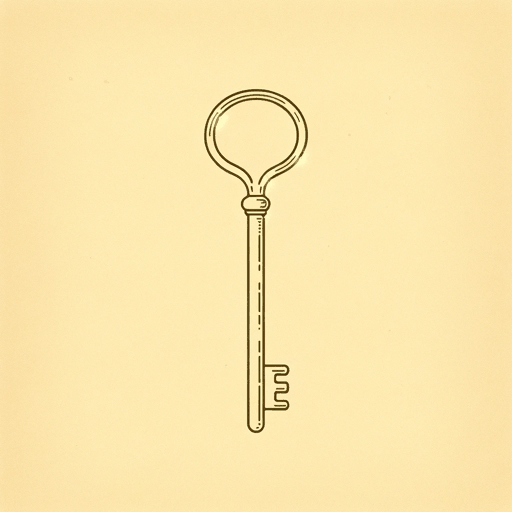55 pages • 1 hour read
Brian SelznickThe Invention of Hugo Cabret
Fiction | Novel | Middle Grade | Published in 2007A modern alternative to SparkNotes and CliffsNotes, SuperSummary offers high-quality Study Guides with detailed chapter summaries and analysis of major themes, characters, and more.
Background
Historical Context: Paris in the 1930s
1930s Paris, the setting of The Invention of Hugo Cabret, was tumultuous but not without notable advancements. Nestled between WWI and WWII, this period was characterized by France’s struggle to regain its pre-WWI prosperity. While France’s economic environment dramatically improved after the war’s end, the Great Depression swept through Europe by 1931, causing a rise in poverty, unemployment, and inflation. The country’s progress in regaining economic stability was greatly diminished, leaving the country financially unstable as it entered WWII. France’s political climate was likewise unstable. Competing parties, including the Socialists, Communists, and Radicals, caused profound unrest and tension. Further, Hitler’s rise to power in Germany in 1933 added additional strain as Europe moved closer to a second world war.
Despite this period’s economic and political turmoil, Paris experienced a significant influx of artistic creation during the 1930s. The city developed exceptional art galleries and saw an increase in architectural creativity. Paris also experienced a boom in technology and film. After WWI, Paris became a hub of creative activity, increasing the creative fervor already taking place. Americans like Ernest Hemingway lived in Paris because of its emphasis on art and its more relaxed and open-minded lifestyle.
The time period has a direct influence on the characters in the story.


